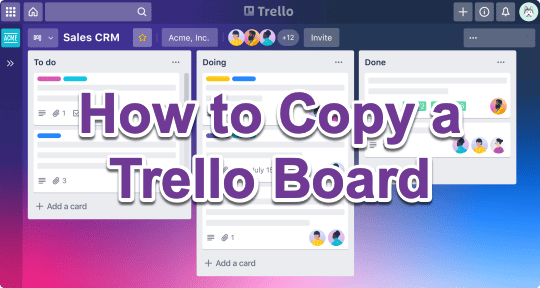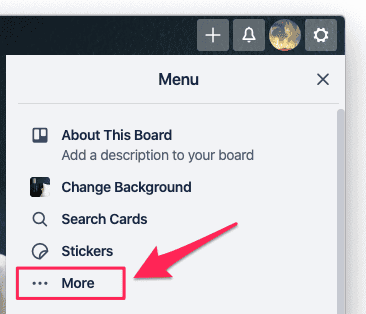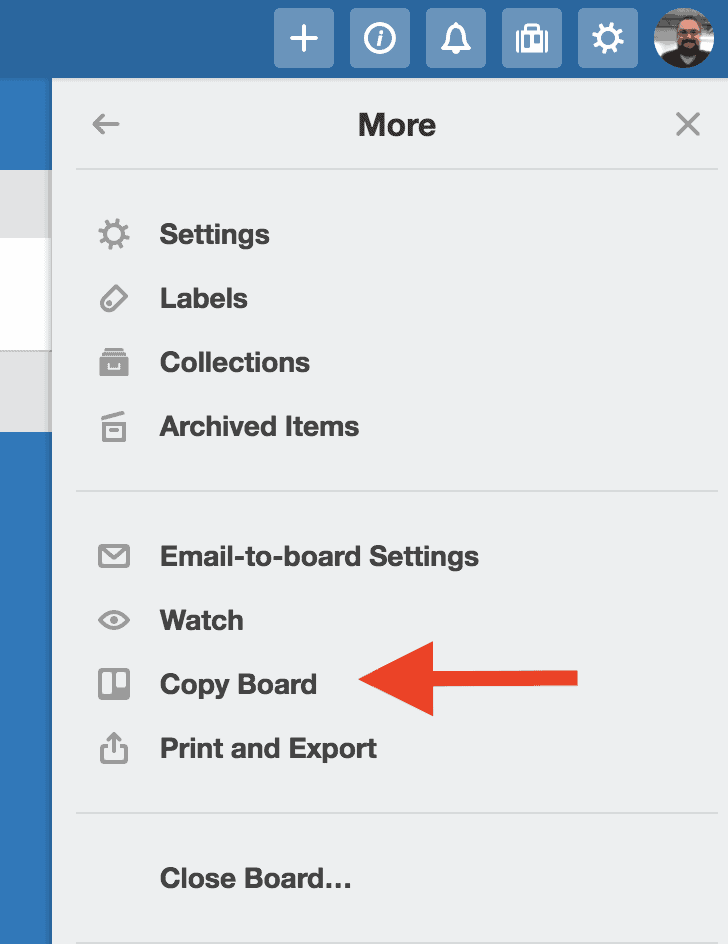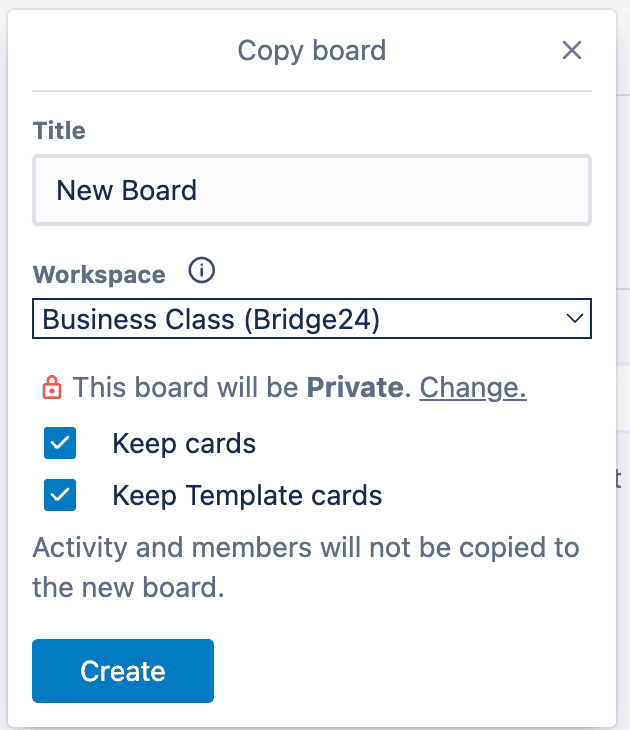
Copying a Trello board can be essential for streamlining your workflow and improving efficiency. Here are some reasons why copying a Trello board is important:
- Save time and effort: If you have a board containing much of the same information, it can be tedious and time-consuming to recreate that board from scratch. By copying the board, you can save time and effort while maintaining the original board’s essential information and structure.
- Repurpose a board: Sometimes, a project originally created on a board can be adapted for use in a different project or context. By copying the board, you can use it as a template for a new project or repurpose it for a different team or client.
- Maintain consistency: If you have a particular format or structure that works well for a particular type of project or task, copying a board can help you maintain consistency across multiple projects. This can be especially helpful if you manage multiple teams or work on multiple projects simultaneously.
- Experiment with different ideas: Copying a board can be a great way to experiment with different ideas and workflows without disrupting your existing projects. You can use the copied board to test out new ideas or methods before implementing them on your main boards.
If you are looking for a professional reporting and exporting tool for Trello, we recommend you try Bridge24 for Trello.
Now, let’s take a look at how to copy a Trello board:
Step 1: Open the board you want to copy
Log in to your Trello account and navigate to the board you want to copy.
Step 2: Open the board menu
Once on the board, click on the three dots icon on the right-hand side of the board’s name. This will open the board menu.

Step 3: Click on “More”
In the board menu, click on the “More” option. This will open a drop-down menu with several options.

Step 4: Click on “Copy Board”
In the drop-down menu, click on the “Copy Board” option. This will open a pop-up window asking you to confirm whether you want to copy the board.

Step 5: Customize your copied board
In the pop-up window, you can customize your copied board by changing the board name and team. You can also choose whether to copy the cards or not. Unfortunately, there are no options not to include the attachments, checklists, labels, and members. It’s an all-or-nothing option.

Step 6: Click “Create” Board
Once you have customized your copied board, click on the “Create” button to create a new copy of the board. And that’s it! You have successfully copied a Trello board.
Additional Tips
But wait, there’s more! Here are some additional tips and tricks to make the most out of copying a board:
- Use templates to save time: If you create similar boards repeatedly, you can save time by creating a board template. To do this, create a board with the structure and content you want to use as a template, then copy the board. When you copy the board, choose “Create Board from Template” and select the board that you want to use as a template.
- Collaborate on copied boards: Just like with a regular board, you can collaborate with your team on a copied board. You can add members, assign tasks, and communicate with your team members using the comments feature. This can be especially helpful if you are working on a project with multiple teams or clients.
- Keep your boards organized: Copying a board can be a great way to replicate the structure of an existing board, but it can also lead to clutter if you copy too many boards. To keep your Trello workspace organized, consider creating a separate board or list to store all of your templates and copied boards.
Conclusion
Overall, copying a Trello board is an important tool for improving efficiency and maintaining consistency. By taking advantage of this feature, you can save time and effort while still maintaining the essential information and structure of your existing boards.
Daniel Raymond, a project manager with over 20 years of experience, is the former CEO of a successful software company called Websystems. With a strong background in managing complex projects, he applied his expertise to develop AceProject.com and Bridge24.com, innovative project management tools designed to streamline processes and improve productivity. Throughout his career, Daniel has consistently demonstrated a commitment to excellence and a passion for empowering teams to achieve their goals.